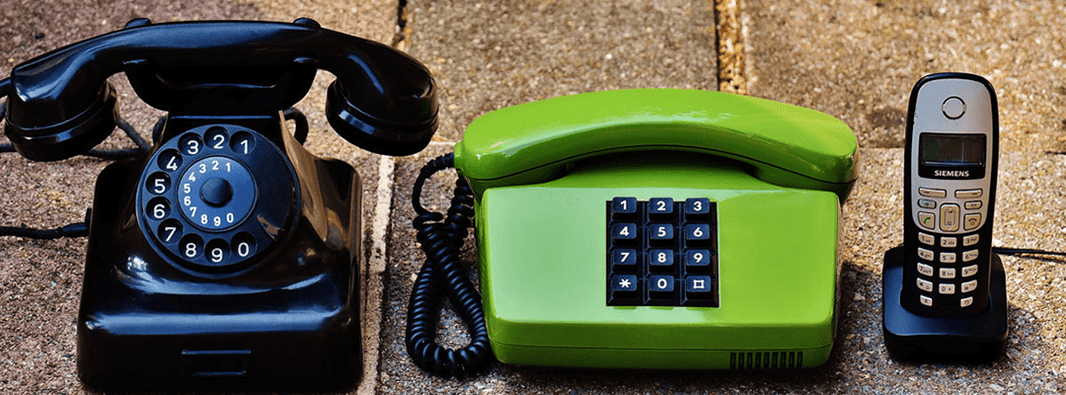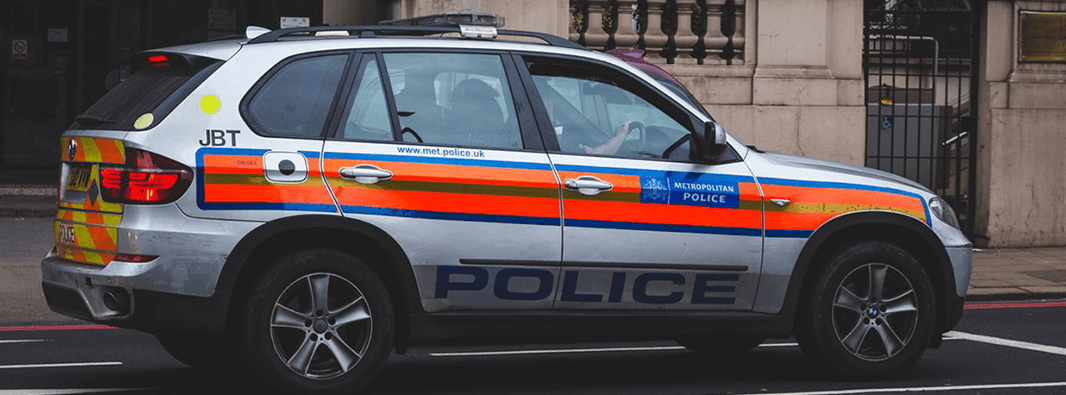According to new studies, the cases of epilepsy in older adults are rising around the world. This increases the burden on health services and families. However, there is also a risk of under-diagnosis if not enough people can recognise the signs of epilepsy in the elderly. Older people are also less likely to be referred to specialist epilepsy services.
What is Epilepsy?
Epilepsy is a neurological illness. A seizure occurs when the brain receives a burst of abnormal electrical activity that temporarily interrupts normal brain function. Some people are able to sense when a seizure is coming; this is a focal awareness seizure and is sometimes known as an ‘aura’. There are many different kinds of epileptic seizures. Each different type of seizure requires different treatment. Next, we’ll discuss a few of the most common epileptic seizures and what to do when you have one.
Focal Awareness Seizure
Usually known as auras, this type of seizure is normally warning of an upcoming tonic-clonic and more severe seizure. Behaviours and feelings during an aura can be hard to identify and describe. However, there are some common factors described by sufferers.
- Experiencing an unusual smell or taste
- A feeling of deja vu
- A strange feeling like a ‘wave’ going through the head
- A sudden feeling of fear or joy
- Hallucinations
Focal Impaired Awareness Seizure
This was formerly called a complex partial seizure. Signs that someone is having a focal impaired awareness seizure include:
- Smacking lips
- Rubbing hands
- Making random noises
- Fiddling with objects
During the seizure, the person might be confused or unable to respond to you.
Tonic-Clonic Seizures
You might previously have heard this type of seizure called a ‘grand mal’. This kind of seizure has two stages: the tonic and the clonic stage. During the tonic stage, the sufferer will lose consciousness and their muscles will go stiff. This can be dangerous if the person is standing up when the seizure begins, as they will likely fall on the floor.
During the clonic stage the person’s limbs will usually convulse. They might have difficulty breathing, so it’s extremely important to make sure their airways are not blocked. In addition, they might bite down on their tongue or the inside of their cheek, and they could lose control of their bladder or bowels.
A tonic-clonic seizure should stop after a few minutes, although some can last longer. Although the sufferer may make some strange noises, it is unlikely they are in pain. After the seizure, the person may have a headache, and feel tired or confused. To help someone recover from a tonic-clonic seizure, you should gently put them in the recovery position. If you aren’t sure how to do this, see the Epilepsy Society’s helpful guide here.
Absences
This is sometimes referred to as a ‘petit mal’. An absence seizure causes the sufferer to become unresponsive for a short amount of time, sometimes only a few seconds. This type of fit is more common in children and younger people. However, it can happen to people of any age, so it is good to know the signs, which include:
- Staring blankly
- Fluttering eyelids
- Slight jerking movements
If you see someone having this kind of seizure, they may just seem like they are daydreaming. In some cases, they are so brief that it is hard to notice when someone around you has had one. If they are walking, they may carry on walking despite being unaware of what’s around them.
Atonic Seizures
As opposed to a tonic seizure where the muscles stiffen, an atonic seizure causes the muscles to relax suddenly. If someone has an atonic seizure, they may drop to the ground without warning. This can of course cause injuries, usually to the face and head. However, these seizures tend to pass quickly and, aside from any injuries, the person should be able to recover straight away.
What Triggers Seizures?
For many people who have epilepsy, seizures happen randomly. However, lots of people notice a pattern of triggers that cause their seizures. In order to identify your loved one’s triggers, they should keep a diary of their seizures, including details of what they were doing before the seizure started. Some common epilepsy triggers include:
- Stress
- Lack of sleep
- Drinking alcohol
- Menstruation
- Flashing lights (this is not common)
How Can I Help My Epileptic Loved One?
Elderly people who have epilepsy are unfortunately more at risk than their younger counterparts. This is because, as we get older, our bodies are less able to recover from injury as well as they used to. When an older person is having a seizure, you should make sure they are as comfortable and safe as possible. Ensure that their airways are clear and they are not at risk of hurting themselves.
If you believe your elderly loved one is suffering from epilepsy, you should encourage them to speak to their GP. Once they have a diagnosis, they can receive the proper medical treatments. With the right treatment plan in place, most people with epilepsy can lead completely normal lives. You should also make sure that your loved ones can feed themselves healthy foods and that they are getting adequate sleep.
Peace of Mind With a Careline Alarm
If you are concerned about leaving your loved one alone because of epilepsy or for any other reason, a Careline365 alarm can help. We can protect your loved ones in their home and get them help when they need it. If you have any questions, call our friendly customer service team on 0808 304 4183 or you can email us at info@careline.co.uk.
You can order your Careline alarm today by clicking here.
Note: we updated this blog on 26/07/2021 to include the latest information. Originally published 10/09/2020.









